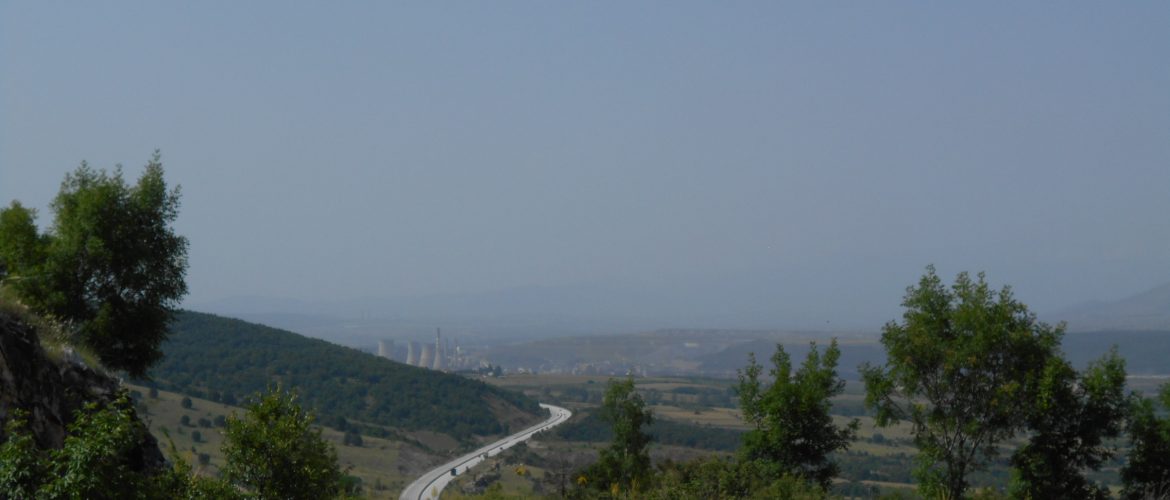Four years after the original plan to switch heating and district heating to gas, Greece’s “lignite” cities are at an impasse. Government, municipal & regional authorities and PPC are unable to reach an agreement, as major international developments render new gas infrastructure not only climate-damaging, but also economically unsustainable. At the same time, RES-based solutions eligible for funding from EU funds are flourishing in Europe.
In order to contribute constructively to solving this vital issue, the Green Tank has collected publicly available data to analyze the history and costs of the current, gas-based planning.
According to the findings of the analysis, the total cost of the planned sub-projects verges on €420 million. On the other hand, key sub-projects such as (a) the interconnection of Kozani’s district heating system with the integrated district heating network; (b) the construction of the new gas CHP plant by PPC; and (c) the interconnection of Amyntaio’s district heating system -budgeted at €176 million- are not yet underway; moreover, there are significant delays in projects under construction.
In addition to the high installation costs, the cost-benefit analysis for the city of Kozani shows that the operating costs of these systems will also escalate due to the dependence on fossil gas, which is both polluting and expensive; these costs will not only burden lignite regions’ residents but all consumers across the country.
This is happening in Greece at a time when gas prices have not returned to pre-crisis levels and continue to fluctuate, and while Europe is accelerating its decoupling from fossil fuels, decidedly reducing funding dedicated to gas infrastructure. Particularly with regard to heating and district heating systems, solutions based on renewable energy sources should be endorsed, with Denmark, Latvia and Hungary already providing good examples; in fact, RES-based proposals have already been put forward to address district heating in Greece’s lignite regions.
Against this background, our policy paper’s conclusions and recommendations are as follows:
- With regard to the three cities that currently have district heating systems (Kozani; Ptolemaida; Amyntaio), the permanent solution should be based on the optimal mix of RES technologies (solar thermal systems; heat pumps; photovoltaics and electric boilers; locally produced biomass, geothermal systems; etc.) depending on each area’s potential as well as on installation and operational costs.
- Kozani, in particular, will certainly require to implement a transitional solution, which can be based on electric boilers, provided that funding is available to cover the cost of purchasing electricity from the grid in a manner that does not impose an additional burden on the citizens of Kozani during the interim period until the implementation of the permanent solution.
- A program along the lines of ‘Apollon’, specifically addressing district heating, could bridge possible funding gaps that may arise following the technical and economic assessment of alternative solutions.
- The cities lacking a district heating system (Florina and Megalopolis) should opt for the electrification of their heating systems via heat pumps; the latter solution should be combined with energy upgrading of buildings and RES installations to cover electricity demand, either by individual households and businesses, or collectively using the framework of energy communities.
With regard to resources, renewable energy solutions can be developed at a quick pace and are eligible for European funding, unlike gas. Lignite regions, in particular, are currently being offered numerous opportunities for investment in clean energy projects. For instance, approximately half of the Just Development Transition Program’s total resources of €1.6 billion (€1.4 billion for the lignite regions) have yet to be allocated. Moreover, the revenues from the auctioning of emission allowances, which have been channeled to the lignite regions since 2018, remain largely unused to date (€144.2 million for the period 2018-2023); the Regional Operational Programs (ROPs) of Western Macedonia and the Peloponnese represent yet another source of funding for clean energy solutions.
“The radical re-design for the heating and district heating of Greece’s lignite regions is necessary and purely a matter of political will. The utilization of available RES technologies, the technical-economic documentation of the optimal solution and the consultation with all the relevant stakeholders are the only safe and long-term sustainable solution to the current impasse“, said Nikos Mantzaris, energy policy analyst and co-founder of Green Tank.
You can read the policy paper entitled “The future of heating in Greece’s lignite regions: Analysis of current planning & Sustainable alternatives” at this link.



